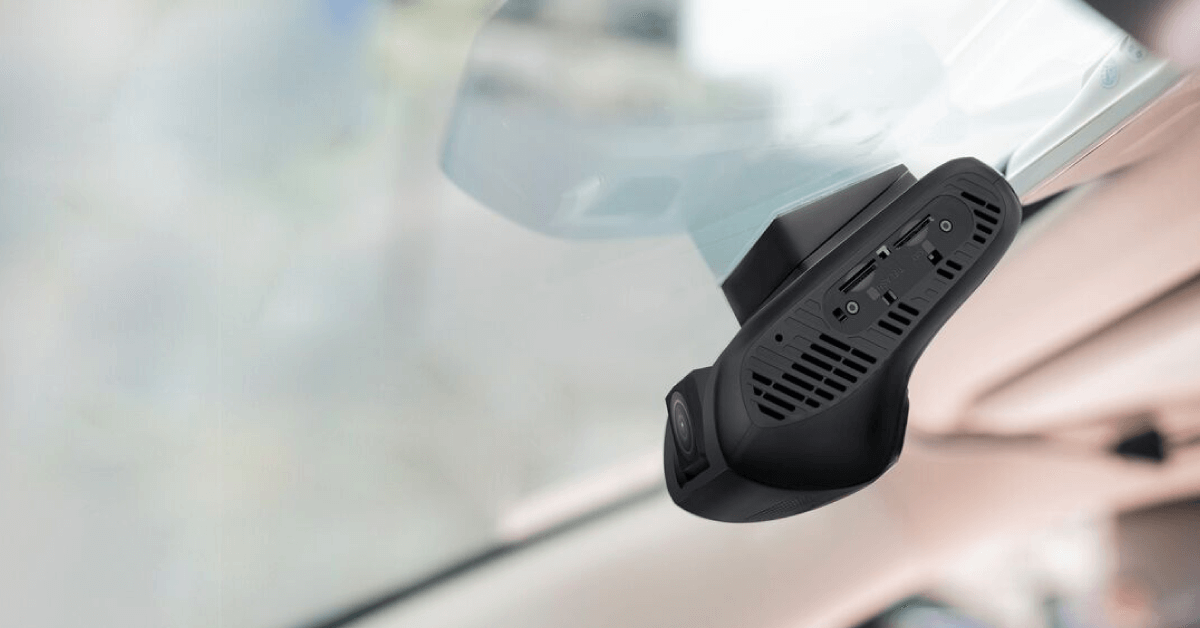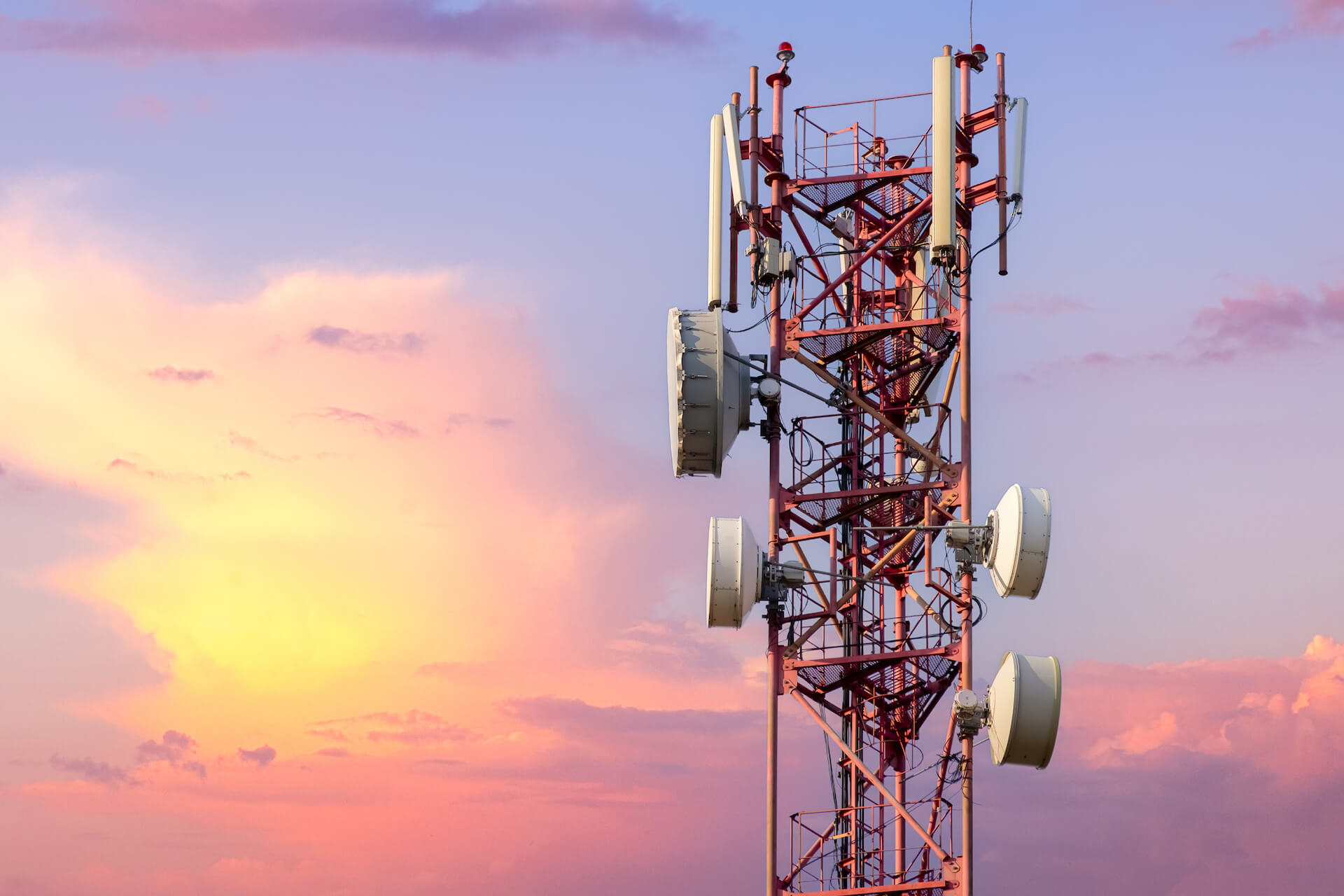Introducing LTE Cat-M1 & NB-IoT
The big industry news stories are currently dominated by mobile operators launching their consumer 5G services, but as the demand for worldwide IoT connectivity continues to rise, mass adoption will be largely determined by the successful rollout of the cellular low-power, wide-area technologies, CAT-M1 & NB-IoT.
Both technologies promise to deliver low-power, improved in-building coverage and low deployment costs when compared to existing cellular options, opening up application opportunities which have been constrained by either technology, cost or both.
These low-power solutions mean that the power consumption of user devices and sensors can be significantly reduced, especially in deep coverage. Use cases requiring battery life of up to 10 or even 15 years will be able to be supported, disrupting sectors such as metering, manufacturing, and building management.
Both CAT-M1 and NB-IoT are the leading cellular technologies for IoT, and provide similar benefits. They do differ, however, and their application suitability is often based on their key technology features.
NB-IoT
In general, NB-IoT is best suited to static applications transmitting periodic short bursts of data, such as utility metering and lighting, whereas CAT-M1 can support more demanding applications such as asset tracking and real-time industrial decision making.
Each technology has its pros and cons and with the cost of the modules and hardware expected to drop as demand increases, both represent a fantastic market opportunity.
NB-IoT was designed for IoT devices with very low data requirements, that need to work over long periods and often in areas of poor coverage such as underground or deep inside buildings. NB-IoT offers greatly reduced data throughput rates and higher latency, compared to CAT-M1, but this also leads to much lower device power consumption.
NB-IoT can also provide better coverage with increased range and signal penetration. Its radio characteristics are specifically designed for longer range operation, higher deployment density and in-building penetration. NB-IoT is best suited for static, low throughput scenarios requiring low power and long range, such as smart metering, and numerous smart city applications such as parking, lighting, building automation and asset tracking.
LTE Cat-M1
Compared to NB-IoT, the higher data rates provided by Cat-M1 means that more data can be sent through the network in a given timeframe. This would be hugely beneficial to applications that rely on speed of transition, for example security or mission critical reporting. Cat-M1 also has the advantage of being able to support voice transmissions, unlike NB-IoT, enabling support for a wider range of use cases.
With the benefits of Cat-M1 comes the reality that roll-out to devices will likely cost more as data costs will be higher than with NB-IoT to reflect the speed and latency advantages. However, the costs to deploy NB-IoT (data, device and total cost of ownership) will likely reduce significantly as demand increases in future.
The rollouts of these technologies currently vary greatly with operators focusing on the deployment of one or the other. However, it is widely understood that the majority of operators will support both CAT-M1 and NB-IoT within the next couple of years.
So, what can businesses do now?
If NB-IoT or LTE-M is a requirement, businesses should get in touch with a trusted connectivity partner such as Arkessa or Zest4 to identify the most appropriate solution in preparation for the universal roll-out of these emerging technologies.
As an IoT MVNO (Mobile Virtual Network Operator), Zest4 offer their partners total control through their own SIM management portal. CaaS (Connectivity as a Service) coupled with expert knowledge covering the entire IoT spectrum means the partners serviced by Zest4 get a service second to none.
Arkessa provides secure, resilient and global cellular connectivity to enterprise customers wherever their devices are deployed in the world. We work with market-leading innovative technology partners to bring the IoT to life for customers all over the globe.
Through our mutually beneficial partnership, Zest4 and Arkessa are working closely together to provide partners and customers of any size, from SOHO (small office/home office) through to Large Enterprise, the ability to get access to excellent IoT services, solutions and connectivity, using all current connectivity services. The introduction of low-power connectivity will add to the services both businesses are offering to the channel.
Contact:
Zest4 provides innovative M2M technology and mobile solutions that stand their partners apart in a crowded, commoditised world and make it easy for them to the meet the changing needs of their customers, time and time again. Entirely dedicated to the channel, they provide no conflict of interest or de-prioritising of service.
info@zest4.com, 44 (0) 161 956 3300, 50 Alderley Road, Wilmslow, Cheshire, SK9 1NY.
For the latest updates on emerging cellular technologies, and to access real case studies bringing cellular connectivity to life, visit arkessa.com.







